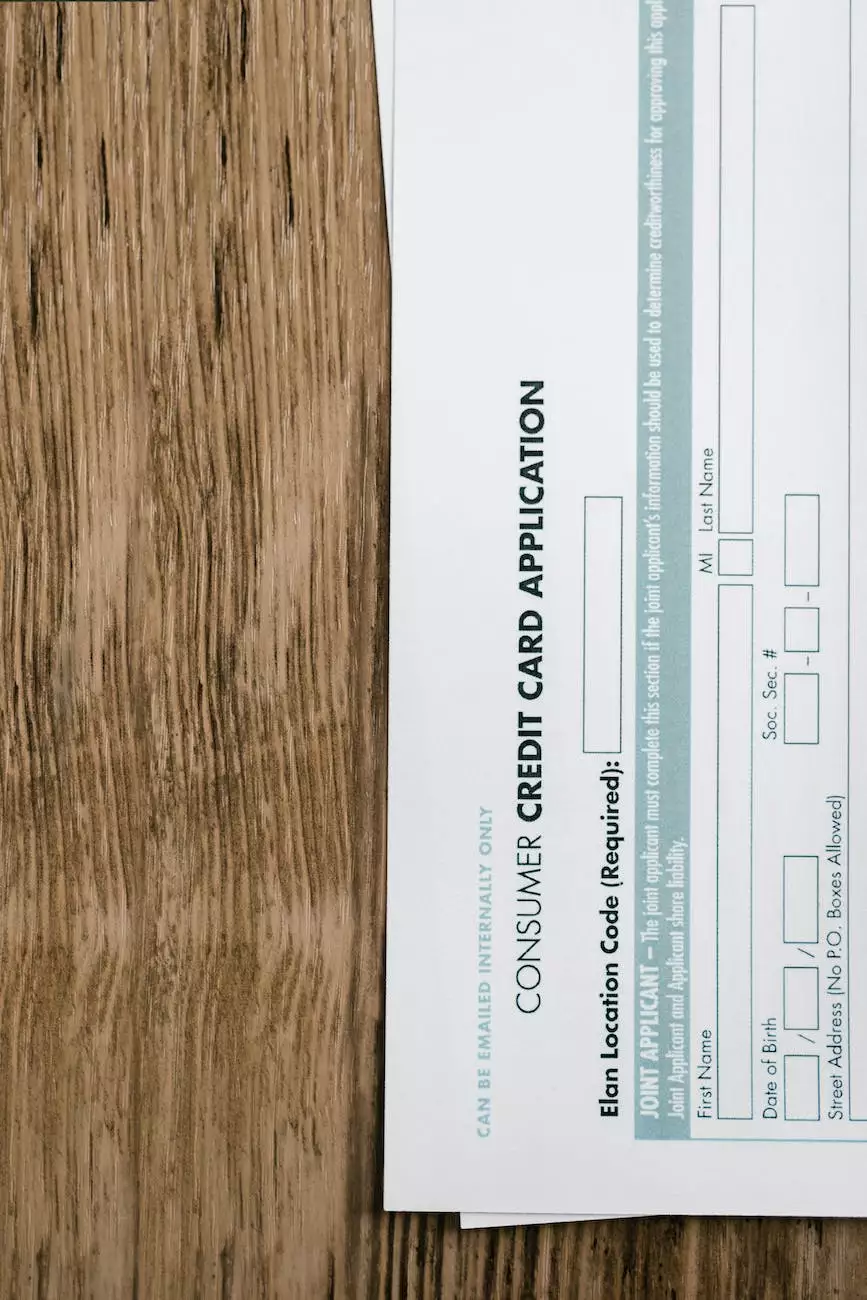How a Reverse Mortgage Works

Introduction
Welcome to Social Service of America's comprehensive guide on how a reverse mortgage works. As a trusted philanthropic organization in the community and society sector, we aim to provide detailed information and assistance to individuals interested in utilizing this unique financial tool.
Understanding Reverse Mortgages
A reverse mortgage is a loan available to homeowners aged 62 or older that allows them to convert a portion of their home equity into cash. Unlike traditional mortgages, borrowers are not required to make monthly mortgage payments. Instead, the loan is repaid when the borrower permanently moves out of the home, sells the property, or passes away.
Key Benefits of Reverse Mortgages
Reverse mortgages offer numerous benefits for eligible homeowners:
- Supplement Retirement Income: By tapping into their home equity, seniors can supplement their retirement income and improve their overall financial well-being.
- No Monthly Mortgage Payments: Reverse mortgages eliminate the burden of monthly mortgage payments, providing financial relief for retirees on fixed incomes.
- Flexible Payment Options: Borrowers can choose how they receive funds from the reverse mortgage, whether through a lump sum, line of credit, monthly payments, or a combination of options.
- Staying in Your Home: Reverse mortgages allow homeowners to remain in their homes as long as they meet the loan requirements, providing security and peace of mind.
- Government Insured: Most reverse mortgages are FHA-insured, providing additional consumer protections and safeguards.
Loan Repayment and Obligations
When it comes to repayment, reverse mortgages have a few important considerations:
- No Monthly Payments: As mentioned earlier, reverse mortgage borrowers are not required to make monthly mortgage payments. However, they are still responsible for paying property taxes, homeowners insurance, and maintaining the property.
- Loan Repayment: The loan becomes due when the last borrower permanently leaves the home. It can be repaid by selling the property, using other available assets, or refinancing the reverse mortgage into a new loan.
- Inheritance and Heirs: Inheritors have the option to repay the reverse mortgage and keep the property or sell the home to settle the loan. They are not responsible for paying more than the appraised value or the outstanding loan balance.
Eligibility Requirements
To qualify for a reverse mortgage, homeowners must meet certain criteria:
- Age Requirement: All borrowers on the title must be 62 years of age or older.
- Homeownership: The reverse mortgage must be secured by the primary residence, which can be a single-family home, condominium, or certain types of manufactured homes.
- Financial Assessment: Lenders evaluate the borrower's financial stability and ability to meet ongoing obligations, such as property taxes and insurance.
- Housing Counseling: Potential borrowers are required to undergo unbiased counseling to ensure they fully understand the loan terms and implications.
Conclusion
As a leading philanthropic organization in the community and society sector, Social Service of America aims to provide comprehensive information on how a reverse mortgage works. By understanding the intricacies and benefits of this financial tool, homeowners can make informed decisions about their financial future.









